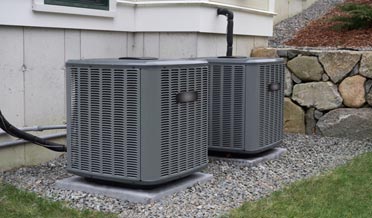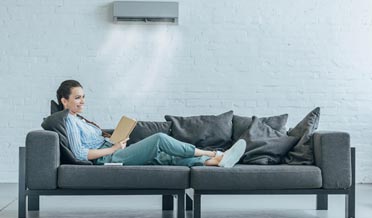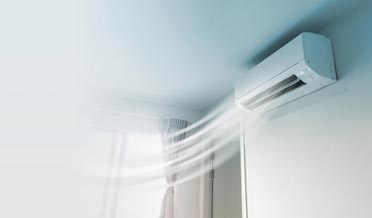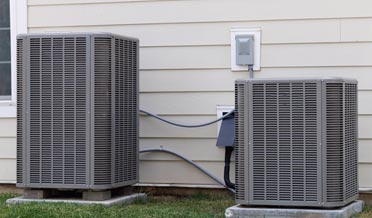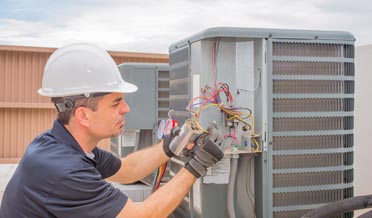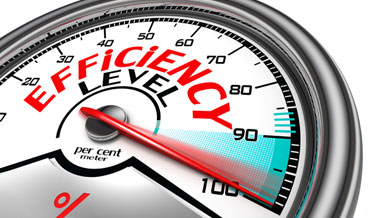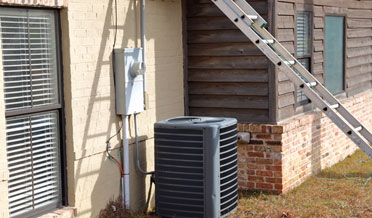AC Repair College Station: Warning Signs Your AC is Not Functioning
It is late summer, and it seems that your air conditioner (AC) made it through another extended cooling season. This season might have been tough on your system, with new uncharacteristic sights and sounds, or unexpected problems that required a repair to keep going. Do these glitches indicate bigger problems or are they characteristic of an aging AC system? Here are some common AC problems and their most common diagnosis.
AC Repair College Station: Loss of Power
If the air conditioner does not come on at all, the system is most likely not getting power. The most common reason for this is not an AC problem, but an interruption of the power supply to the air conditioner.
- First, check the electrical service panel to see whether the breaker is tripped, or the fuse is blown. There are several reasons why this might happen, so turn the breaker OFF and then ON again (or replace the fuse). If power is restored, the problem may have been solved. However, if the breaker continues to trip, a larger problem is in the making, requiring professional help.
- The switch for an air conditioner is the thermostat; you’ll find it installed about head high on an inner wall. A problem with the thermostat can interrupt power to the AC, so check the faceplate of the thermostat. Thermostats are battery-powered, so if the plate is blank the batteries may need to be replaced. Also, check to make sure no one has bumped the temperature setting too high.
AC Repair College Station: Plenty of Air, No Cold
If the AC system runs and pushes abundant air into the home, but alas, it is all warm air, this requires lots of investigation.
- Check the air filter. If the filter is clogged, it can restrict sufficient airflow to prevent the air conditioner from cooling the air moving through it. Replace the filter and see if this solves the problem.
- Every other possible solution will require professional equipment and training. Common problems include the loss of refrigerant or electrical problems, but whether the solutions are affordable or not will need to be discovered.
AC Repair College Station: Low Airflow
If the AC system runs and pushes cool air but pushes insufficient cool air to impact indoor air temperature, there are several possible solutions.
- Check that pesky air filter for this problem as well. A clogged filter can restrict airflow.
- Check the supply ducts that you can see for possible leaks or breaks. A leak means that the blower motor is blowing your cool air into the attic, basement, or outdoors.
- The blower motor might also be failing.
If there is no obvious solution—replacing the air filter or repairing a duct leak—a technician will need to do further investigation.
AC Repair College Station: Strange Sounds and Smells
Normally, the AC is pretty quiet, just “background noise” to family life. When suddenly the air conditioner becomes noticeable, either from unusually loud noises or unusual smells, these problems need to be addressed.
- There is only one moving part in the AC system—the blower motor. Sounds coming from the blower motor generally include loud thumping or grinding; imagine a loose fan blade hitting something or friction from a failing bearing on the shaft of the fan.
- Most ductwork is made of sheet metal. Damage to a duct can also create a bump as the cooling cycle begins and ends.
- Smells associated with the air conditioner are usually a burning smell from an electrical problem or a musty smell from humidity issues.
Unusual sounds and smells need to be investigated by a repair technician with experience and training to find AC problems. An investigation will uncover whether the system needs repair or replacement.
AC on the Fritz? Call the AC Repair College Station: Experts at RM Mullinix
For more information about R.M. Mullinix and our AC Repair College Station services, schedule an appointment or visit our AC maintenance information page.

